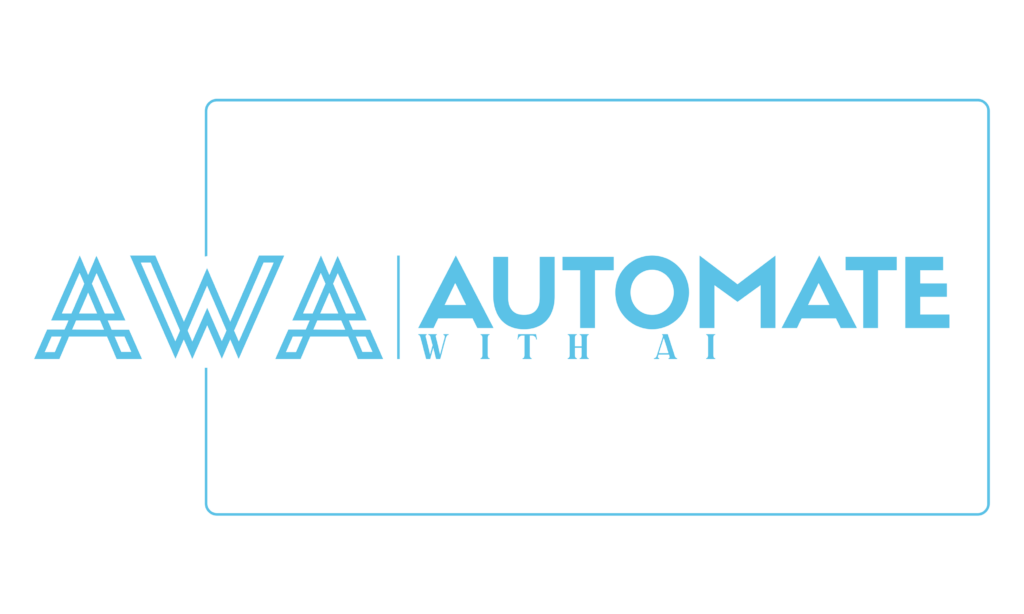
The Importance of Workflow Optimization for Business Success
Welcome to Automate With AI! If you’re an entrepreneur looking to streamline your business processes, boost productivity, and stay relevant with AI and new technologies, you’re in the right place. Today, we’re diving into the crucial topic of Workflow Optimization and how it can transform your business.
What is Workflow Optimization? Workflow optimization means making your business processes as efficient and effective as possible by identifying bottlenecks, eliminating unnecessary steps, and using the right tech tools.
Why is Workflow Optimization Important?
- Accurate Data: Optimized workflows provide more accurate data, allowing you to act quickly on important matters. For example, if you can’t identify where customers are falling off in the Customer Journey due to a bad workflow, every sale you lose is a missed opportunity to fix the problem and you lose a customer.
- Increased Productivity: Streamlined processes allow you to accomplish more in less time, improving your bottom line and reducing stress.
- Competitive Edge: An optimized workflow helps you stay competitive by improving quality control, reducing errors, and increasing customer satisfaction.
- Scalability: It’s easier to scale your business with good data and efficient processes.
Examples of Companies That Failed to Optimize:
- Yahoo vs. Google
- Blockbuster vs. Netflix
- MySpace vs. Facebook
- Borders vs. Amazon
These companies failed to adapt and optimize their workflows, leading to their downfall.
How to Get Started with Workflow Optimization:
Step 1: Identify Key Areas for Automation For example, Brenda, one of our clients, started by automating her customer service with ChatEase AI to handle common inquiries using her trained data and SOPs.
Step 2: Conduct a Workflow Audit Brenda mapped out her current processes and identified where delays and errors occurred. She found that her order processing was slow and decided to use TaskEase AI to automate this part of her business to be more effective.
Anecdote: Let me share a quick story about Brenda. When she first came to us, she was overwhelmed with managing customer inquiries. It was taking up a significant amount of her time. We implemented ChatEase AI with her SOPs and trained data to handle common questions, which often turned into sales. The results? Brenda saved hours each week and now she can focus on growing her business without those interruptions, and making more sales. It’s really that simple.
Benefits of Workflow Optimization:
- Better Quality Control: An optimized workflow leads to fewer errors and higher customer satisfaction.
- Time Savings: Streamlined processes allow you to accomplish more in less time.
- Stress Reduction: Reducing manual tasks and errors decreases stress levels.
- Scalability: Efficient workflows make it easier to scale your business.
Seamless Customer Journey: Remember, the goal is to create a seamless customer journey. For instance, Brenda used ChatEase AI to provide instant responses to customer inquiries, ensuring they felt valued and supported throughout their interaction with her business. This not only improved customer satisfaction but also increased the likelihood of repeat business.
Call to Action: If you found this blog helpful, don’t forget to like, comment, and subscribe to our YouTube channel. If you have any questions about workflow optimization or our tools, drop them in the comments below.
Engagement: We’d love to hear your experiences with workflow optimization. Have you tried automating any part of your business with AI? Share your stories in the comments!
Stay Tuned: Stay tuned for our next blog where we’ll dive deeper into specific tools like TaskEase and ChatEase, and how they can transform your business and processes.
Conclusion: Workflow optimization and AI are powerful tools that can help you stay competitive and up to date. By identifying key areas for automation and conducting a workflow audit, you can streamline your processes, improve productivity, and scale your business effectively.
